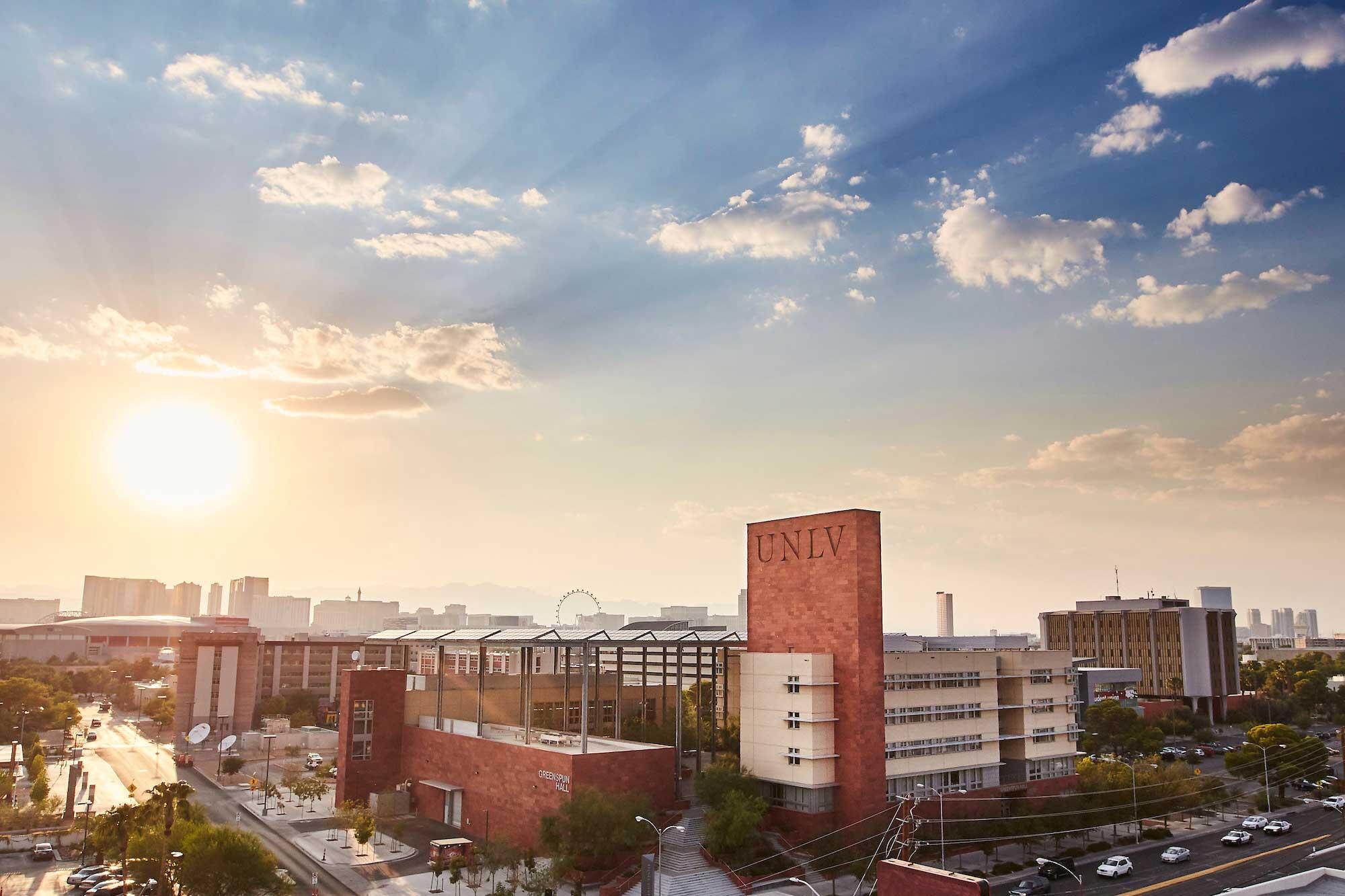Southern Nevada business leaders’ confidence fell this quarter to its lowest level since the Great Recession, driven by weak tourism and economic uncertainty, according to UNLV’s Center for Business and Economic Research. CBER recently projected a “slowing path” for Nevada’s economy.
Nevada’s Jobless Rate Among the Highest in the Nation








